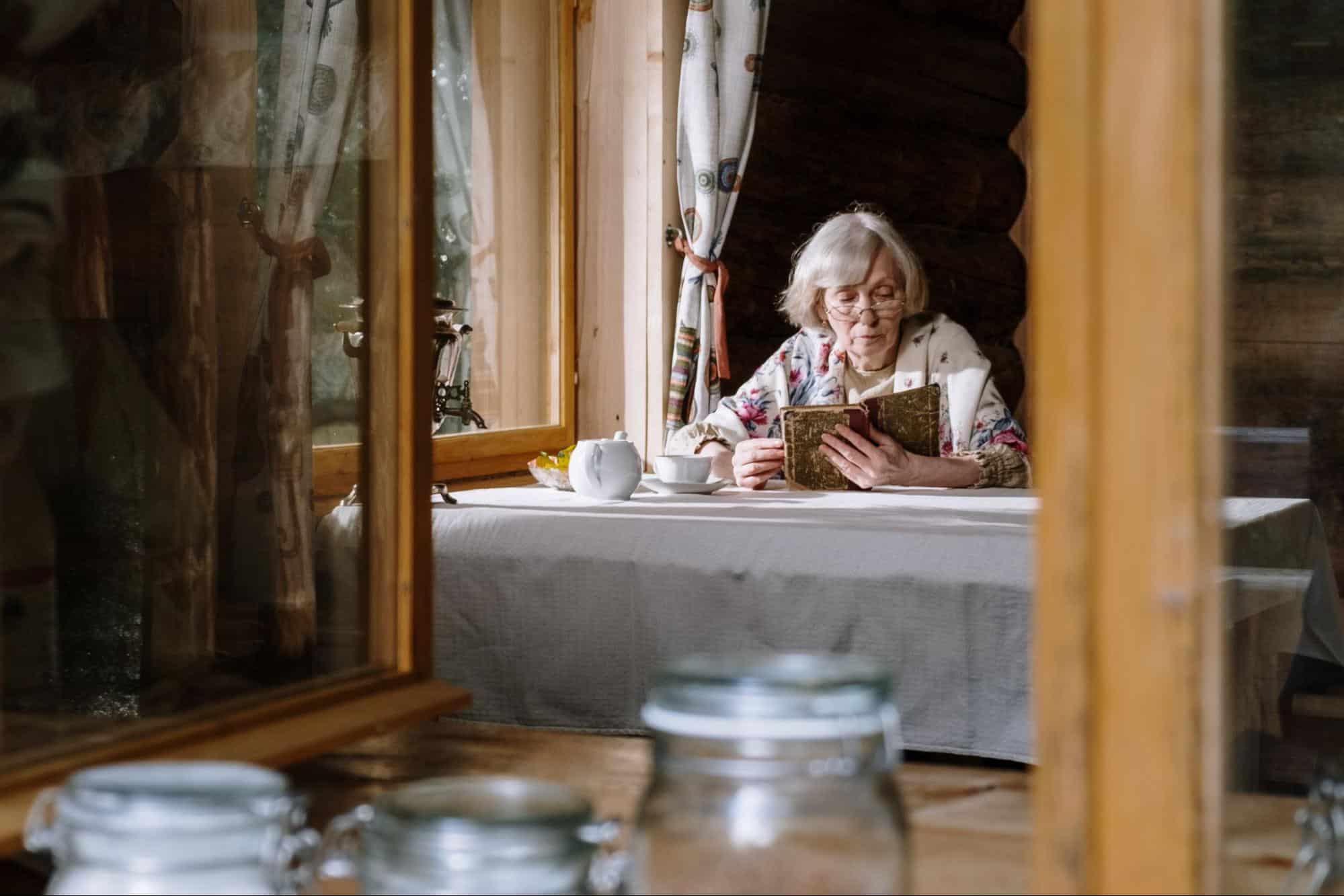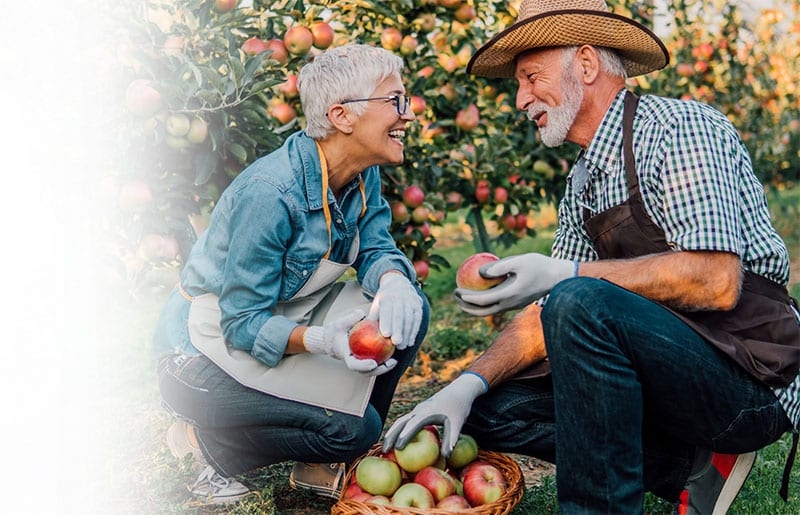
Home Safety for Seniors: What are the Most Common Safety Problems Among Older Adults?
As people age, they may face various safety concerns due to changes in their physical and cognitive abilities. Here are some of the most common safety problems among older adults and some tips on home safety for seniors concerning those problems. You can also take a look at this checklist for more advice.
Falls
Falls are a significant safety concern for older adults. Reduced strength, balance issues, vision problems, medication side effects, and environmental hazards can increase the risk of falls. Here’s how to lessen the likelihood that a senior will fall in their home.
Remove tripping hazards:
Eliminate clutter, loose rugs, and wires from walkways to reduce the risk of falls. Secure rugs with non-slip pads or remove them altogether.
Install grab bars and handrails:
Install grab bars in bathrooms near toilets and showers, as well as handrails on staircases to provide stability and support.
Improve lighting:
Ensure all home areas are well-lit, especially stairways, hallways, and entrances. Install nightlights in bedrooms, bathrooms, and hallways to prevent accidents in the dark.
Modify the bathroom:
Use non-slip mats or adhesive strips in the bathtub or shower to prevent slips. Consider installing a raised toilet seat or grab bars to aid with mobility.
Ensure easy access:
Arrange furniture to allow clear pathways and easy navigation. Avoid placing items at heights that may require stretching or reaching.
Secure cords and wires:
Keep electrical cables and wires out of the way to prevent tripping hazards. Use cord organizers or tape to secure them along walls or under furniture.
Medication Mismanagement
Older adults often take multiple medications, leading to medication errors or adverse drug reactions and interactions. Difficulty reading labels or remembering dosages can contribute to this problem. Here’s how to help a senior take the proper medication at the right time.
Simplify medication schedules:
Work with the prescribing healthcare provider to consolidate medication schedules as much as possible. Align doses so they can be taken together, reducing the frequency of medication administration.
Use pill organizers:
Invest in pill organizers with compartments for each day of the week or multiple times of the day. Fill the organizers regularly, making sure to separate medications that should not be taken together. If you need more ideas, follow these additional tips for effectively organizing medications.
Label medications clearly:
Clearly label each medication container with the name of the medication, dosage instructions, and any other relevant information. Use large print or high-contrast labels for better readability.
Utilize reminder systems:
Set reminders to help the older adult remember to take their medications. These include phone alarms, electronic pill reminder devices, or medication reminder apps. There are also automatic pill dispensers available.
Simplify medication packaging:
Request prescription medications in easy-to-open containers, such as blister packs or prefilled medication organizers, to reduce the need for manual dexterity.
Fire Hazards
Older adults may have difficulty responding quickly to fires or safely evacuating their homes in case of an emergency. Factors such as decreased mobility, cognitive impairments, or the use of assistive devices can pose challenges to fire safety. Here are some tips on home safety for seniors to prevent that:
Install smoke and carbon monoxide detectors:
Place smoke and carbon monoxide detectors on each level of the home and near bedrooms. Test them regularly and replace batteries as needed.
Make kitchen modifications:
Organize frequently used items within easy reach. Ensure that pots, pans, and appliances are stable and secure. Install automatic shut-off devices for stoves and ovens.
Consider home automation:
Use innovative technology to enhance safety. For example, you can install motion-activated lighting, remote-controlled thermostats, or home security systems with emergency call features.
Burns and Scalds
Older adults may have reduced sensation or slower reaction times, making them more susceptible to burns or scalds from hot water, cooking appliances, or heating devices. Here’s how to counteract those risks:
Set the water heater temperature:
Modify the water heater temperature to a maximum of 120°F (49°C) to prevent scalding. This adjustment reduces the risk of accidentally turning on too-hot water and getting burned.
Install anti-scald devices:
Consider installing anti-scald devices on faucets and showerheads, such as thermostatic mixing valves or temperature-limiting valves. These devices can regulate and control water temperature to prevent burns.
Use caution when cooking:
Older adults should exercise caution while cooking. Ensure that pot handles are turned inward to avoid accidental spills or contact with hot surfaces. Use oven mitts or pot holders when handling hot cookware.
Prevent stove-related accidents:
Install stove guards or automatic stove shut-off devices that detect inactivity or excessive heat. These can help prevent accidental burns or fires if the older adult forgets to turn off the stove.
Use safe heating devices:
Ensure that heating devices, such as space heaters or electric blankets, have automatic shut-off features and are used according to manufacturer instructions. Keep flammable materials away from heating sources.
Educate about burn prevention:
Provide education to the older adult about burn prevention and safety measures. Teach them about the dangers of hot surfaces, the appropriate handling of hot items, and the importance of caution in the kitchen and with heating devices.
Consider adaptive equipment:
If an older adult has difficulty with fine motor skills or handling hot items, consider using adaptive equipment such as oven mitts with silicone.
General Advice
And lastly, here are some general pieces of advice for home safety for seniors:
Improve accessibility:
If mobility is an issue, consider ramps for entryways, stairlifts, or a home elevator. Widening doorways or installing lever-style door handles can also facilitate easier access. Read this article on how to make your home senior-friendly for more ideas.
Enhance communication:
Install a reliable phone system within reach of the older adult, including emergency contacts. Consider providing a mobile phone or wearable device with emergency call features.
Seek professional assistance:
Consult with occupational therapists or home safety professionals who can evaluate the home and provide recommendations specific to the individual’s needs. Find the resources you need to get professional guidance in our senior directory and resources, or take a look at the California Department of Aging’s directory for San Diego.
We hope these tips on home safety for seniors have proved helpful! For more health and wellness tips for seniors, visit our Senior & Caregivers section of the blog. If you need further assistance when providing better security measures for a senior, consult a doctor to ensure all the correct steps are taken and all their specific needs are considered.

Join our Senior Wellness Society for the latest news on Medicare and tips for healthy living in San Diego!
Sign up now ›Are you looking for specialized medical care in San Diego?
Our directory has more than 850 doctors in San Diego County of various specialties who are available to help you.
Find a doctor